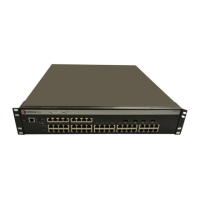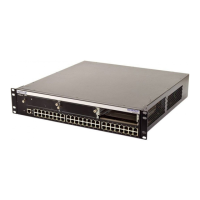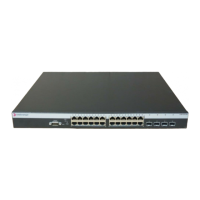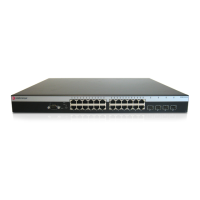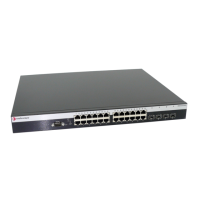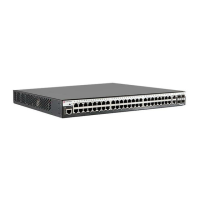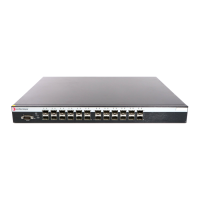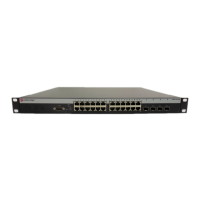Command Line Interface
4-58
4
calendar set
This command sets the system clock. It may be used if there is no time server on
your network, or if you have not configured the switch to receive signals from a time
server. Note that a switch does not provide a Real Time Clock and manual settings
of the clock do not persist over system restarts. A manual clock setting will be reset
to the factory default at the system restart.
Syntax
calendar set hour min sec {month day year | day month year}
• hour - Hour in 24-hour format. (Range: 0 - 23)
• min - Minute. (Range: 0 - 59)
• sec - Second. (Range: 0 - 59)
• month - january | february | march | april | may | june | july | august |
september | october | november | december
• day - Day of month. (Range: 1 - 31)
• year - Year (4-digit). (Range: 2001 - 2101)
Default Setting
None
Command Mode
Privileged Exec
Example
This example shows how to set the system clock to 15:12:34, March 21st, 2003.
show calendar
Use this command to display the system clock.
Default Setting
None
Command Mode
Normal Exec, Privileged Exec
Example
This example shows how to display the current system clock setting.
Console#calendar set 15 12 34 June 21 2004
Console#
Console#show calendar
15:12:50 June 21 2004
Console#
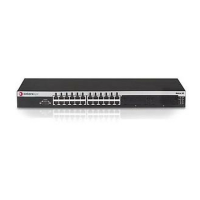
